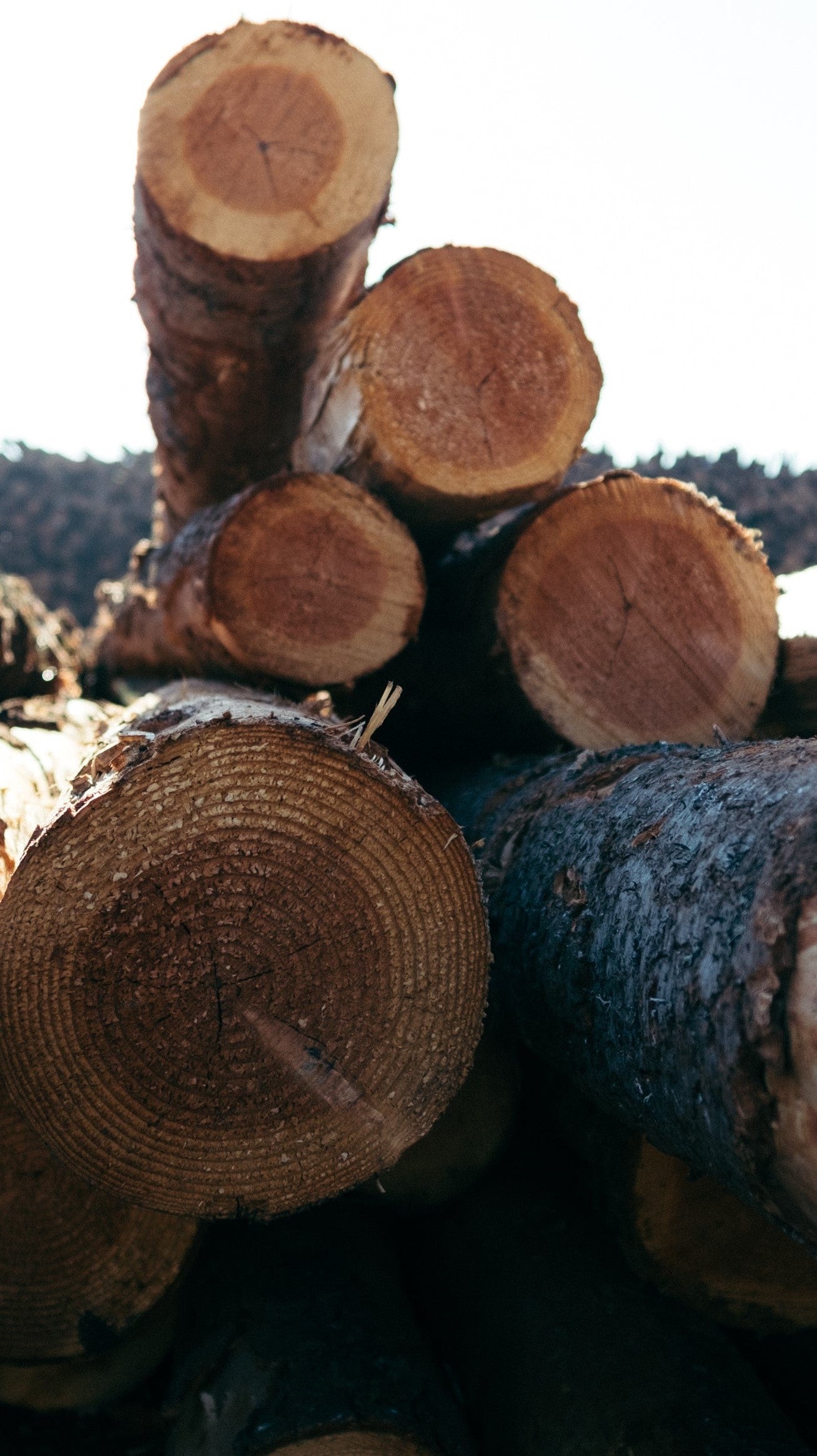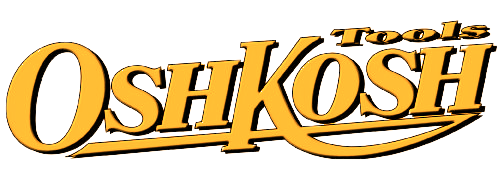
Since 1887
Originally, the Oshkosh Logging Tool Company was founded in 1887 to serve the bustling logging and sawmill operations of the time. As one of the largest sawmill towns in the country, Oshkosh and the surrounding logging communities had a tremendous appetite for tough logging tools that could get the job done right.
The Oshkosh Tools brand of pole-line construction tools was introduced in 1904 and a host of other purpose-built products have been added since that time. Oshkosh Tools has a reputation among loggers, linemen and utility workers as tools of uncompromising quality that prove their value through performance in the field.
To this day Oshkosh Tools are manufactured from raw hardwood and forged steel. The one-at-a-time craftsmanship of hand forging, heat-treating and hand assembling are steps no longer used in the manufacture of most products of their kind. But then again, you won’t find tools of this quality anywhere else in the world.
Today, Oshkosh Tools are professional-grade tools used in many industries and are preferred by more purchasing agents and field workers than any other brand for their durability and lasting value. When you’re looking for tools to serve the electrical, logging, tree service, power utility, excavating, landscaping, construction or plumbing industries look to Oshkosh Tools to provide tools of uncompromising quality.
Trusted by more purchasing managers and field personnel for durability & lasting value than any other brand.
Product Safety
-
Tool maintenance
Carefully inspect all tools before using. Loose fittings, cracked, bent or broken parts, dull cutting or work edges can result in down time on the job, reduced efficiency or may present a hazard to the user. All tools that depend on sharp edges or points like dig bars, cant hooks, peavies, pike poles, pole supports and tongs must be regularly inspected to assure that they do not become dull. Sharpen or replace tools accordingly to the recommendations below:
-
Tool sharpening
When sharpening, it is necessary to preserve the original shape of the tool. Care must be exercised in grinding so as not to overheat the tool edge or point. When grinding, tool edges or points must never be quenched in water. Quenching may induce unwanted hardness or brittleness in the tool, which could cause breaking or chipping during use.
In the case of cant hooks, peavies and tongs, when sharpening has reduced the point to three quarters of its original length the tool should be reforged by a competent forge shop, or replaced.
-
Wood handled tools
Hardwood handles must be regularly inspected for any signs of distress such as cracks, splinters, decay or loosening in its attaching points. Oshkosh Tool handles are coated with an environmentally-friendly water-based lacquer finish. Tool handles should never be re-coated with paint or any opaque finish that prevents inspection. Handles showing signs of distress must be removed from service and replaced.
